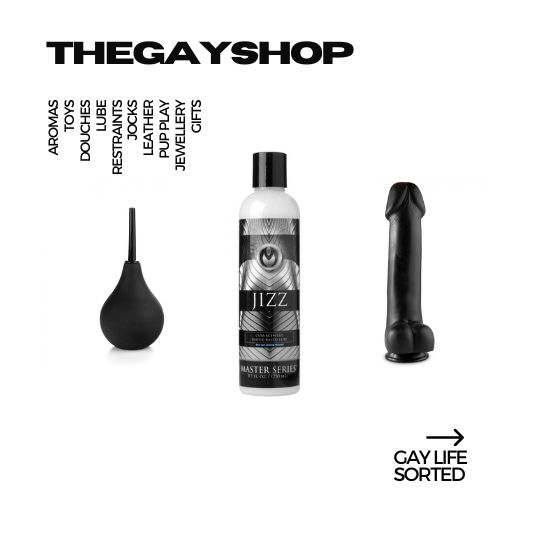Doctor Clovis Palmer discusses why finding a cure for HIV is so difficult.
HIV hijacks the immune system
HIV hijacks the immune system’s white blood cells and forces them to make new copies of the virus. Treatment with antiretroviral drugs is remarkably effective at suppressing the virus, and most people who take HIV antiretroviral treatment are able to reduce the amount of HIV circulating in their bloodstream to undetectable levels. However, this treatment is unable to eliminate a tiny but tenacious type of infected white blood cells that contain a copy of the virus’s genetic material. These cells can remain in the body for a very long period, and they allow the virus to re-emerge and cause new rounds of infection if antiretroviral therapy (or ART) is ever interrupted. This is why daily, life-long HIV treatment is essential.
Functional versus sterilising cure
Given the challenges of delivering complex, expensive and potentially toxic HIV antiretroviral treatments on a global scale, there is intense interest in developing short-term, well-tolerated treatments that allow individuals to interrupt therapy indefinitely without the virus re-appearing in their blood. This so-called “functional cure” or “remission” will most likely be due to incomplete eradication of all the ‘sleeping HIV’, otherwise known as the HIV reservoir in the body. A sterilising cure on the other hand, which means complete eradication of HIV, will be a more challenging task, particularly if we rely solely on prolonged antiretroviral treatment to eliminate the reservoir. Recent interventions such as stem cell transplant, and very early initiation of antiretroviral therapy, suggest that considerable reductions in the reservoir size are possible but will not be sufficient for a complete cure.
Major setback for an HIV cure as ‘cured’ infants relapse
Any hopes that early HIV treatment initiation would be of any long-term benefit, at least in regards to treatment interruption, were given a major setback when reports earlier this year revealed HIV has returned in an infant previously pronounced ‘cured’. The infant was born with HIV infection in December 2009, and was given antiretroviral therapy (ART) within 12 hours of birth. Using the most sensitive laboratory test, HIV was undetectable in the child 3 years later.
In view of this result, and in agreement with the child’s mother, the doctors stopped antiretroviral therapy. Encouragingly, a week later, HIV was undetectable, but remarkably, the virus reappeared a week later. This news followed an earlier report where HIV returned in yet another infant; the so-called Mississippi child who was born with HIV infection, and was believed to be cured after treatment administration soon after birth. These results dampen any hopes for an HIV cure that envisages exploiting early treatment and ART intensification as a cure strategy – at least using the current treatment modalities.
“Shock” but no “Kill”
More recently, another HIV cure approach delivered more disappointing results when a study using the so-called “shock and kill” approach failed to reduce the size of the HIV reservoir in patients. This approach depended on the ability of the virus itself or the patient’s immune system to kill infected cells when the ‘resting HIV’ is awakened. In this study, scientists used a drug called panobinostat, which has been shown to wake up HIV in the test tube. It was expected that this drug, when given in combination with standard antiretroviral treatment, would purge the reservoir. However, analysis of blood cells from patients revealed that this approach was ineffective. The drugs ‘woke up’ the virus but disappointingly; at the end of the study the size of the HIV reservoir remained unchanged.
These HIV cases raise several important and puzzling questions. The disappointing study results may desensitise the public’s perception of an HIV cure. Are the media and researchers culpable for drumming up the hype that surrounds previous ‘HIV cure’ announcements? Scientists are aware of the limitations to reasonably access HIV in every cell in the body; unless we can analyse every HIV reservoir it will be difficult to convincingly declare someone as ‘cured’. Organs such as the brain, skin, gut, liver, spleen and testes are considered HIV sanctuaries. Given ethical and technical considerations, it will be virtually impossible to conduct appropriate HIV tests in every potential sanctuary. Even if more sensitive tests are developed, one major limitation will still remain: we cannot access where we truly need to measure the virus. So, should researchers be more cautious and perhaps describe these cases in the future as ‘temporary HIV remission’?
The way forward
In the December issue of The Lancet HIV, Professor Suzanne Crowe AM, from the Burnet Institute, and I recently highlighted several key issues that should be considered in the future for a more effective “shock and kill” approach. One of these issues is a greater understanding of how the drugs used in this cure strategy affect the immune cells. We know that they can ‘wake up’ the virus, but our understanding of the impact these drugs have on the immune cells where the virus hides is still limited. Scientists have now proposed a new way by which HIV remains indefinitely in the body. Rather than the virus replicating and re-infecting other immune cells, it is the cells that contain the sleeping virus that replicate, consistently re-fuelling the HIV reservoir. We proposed that starving these replicating cells of glucose, a major nutrient required by immune cells, is a potential strategy to decay the virus.
by Doctor Clovis Palmer
About the author
Dr Clovis Palmer has authored several high impact scientific articles and reviews in HIV and obesity-related research, including The Lancet HIV, AIDS, Hepatology, and Gut. He is a reviewer for several international journals including Hepatology, AIDS, Journal of the International AIDS Society, Journal of Leucocyte Biology and Antioxidants and Redox Signalling. He is the chief section editor for HIV at Natural Immunity-Health, Australia (www.naturalimmunity.com.au).
Opinions expressed in this article may not reflect those of THEGAYUK, its management or editorial teams. If you’d like to comment or write a comment, opinion or blog piece, please click here.
Opinions expressed in this article may not reflect those of THEGAYUK, its management or editorial teams. If you'd like to comment or write a comment, opinion or blog piece, please click here.


